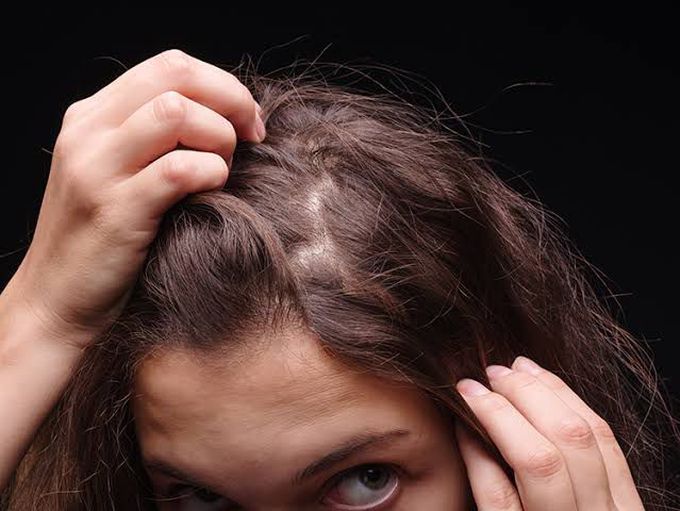

Sign and symptoms of hair pulling disorder
Signs and symptoms of trichotillomania often include: Repeatedly pulling your hair out, typically from your scalp, eyebrows or eyelashes, but sometimes from other body areas, and sites may vary over time An increasing sense of tension before pulling, or when you try to resist pulling A sense of pleasure or relief after the hair is pulled Noticeable hair loss, such as shortened hair or thinned or bald areas on the scalp or other areas of your body, including sparse or missing eyelashes or eyebrows Preference for specific types of hair, rituals that accompany hair pulling or patterns of hair pulling Biting, chewing or eating pulled-out hair Playing with pulled-out hair or rubbing it across your lips or face Repeatedly trying to stop pulling out your hair or trying to do it less often without success Significant distress or problems at work, school or in social situations related to pulling out your hair
